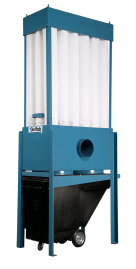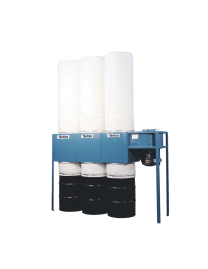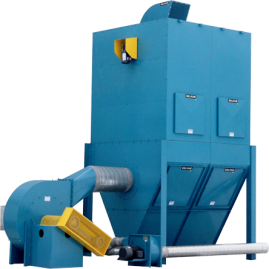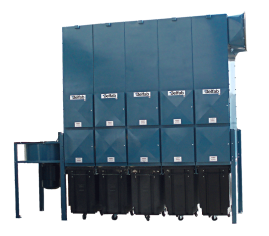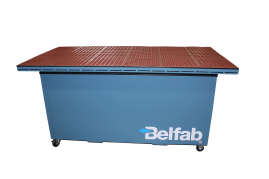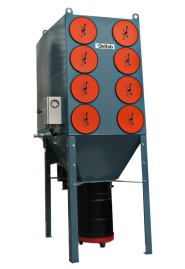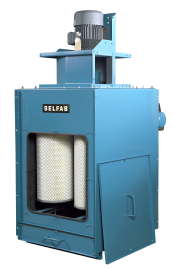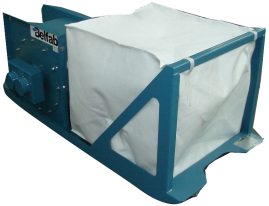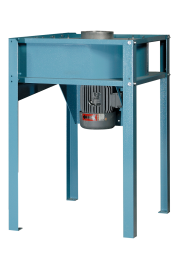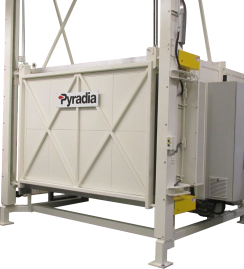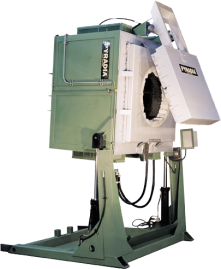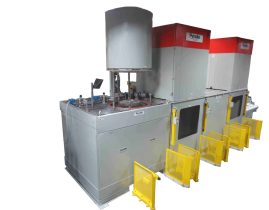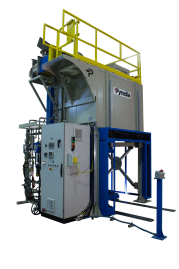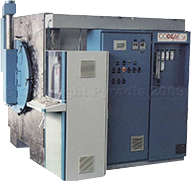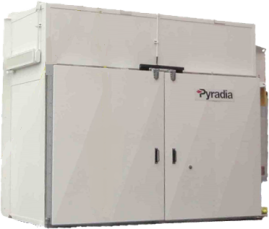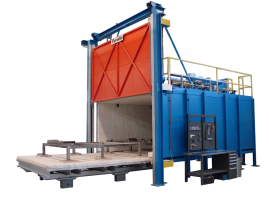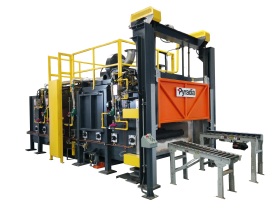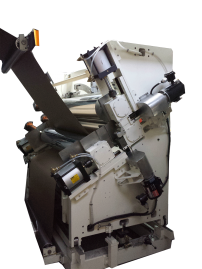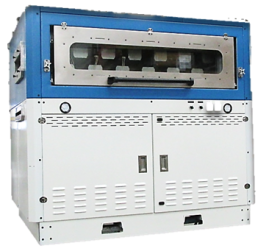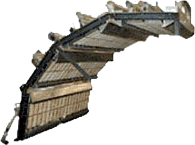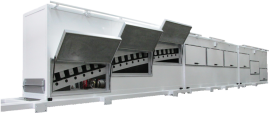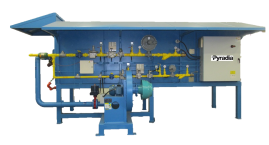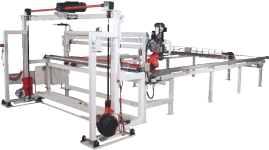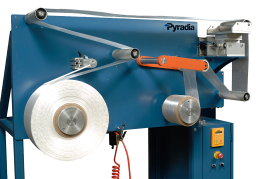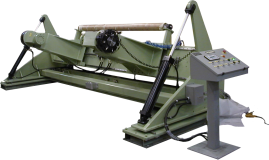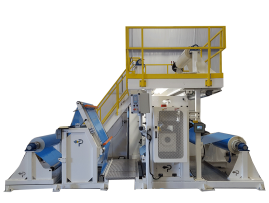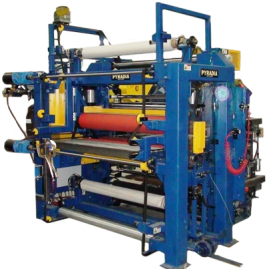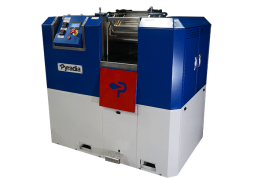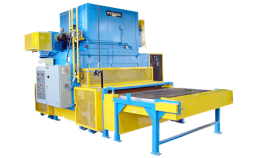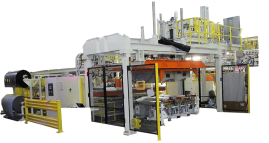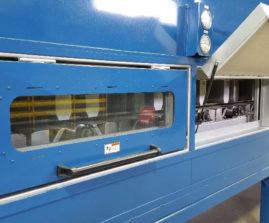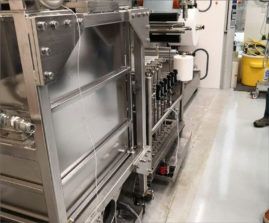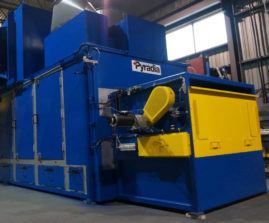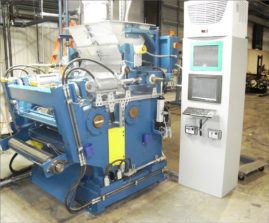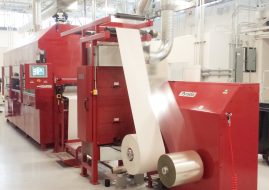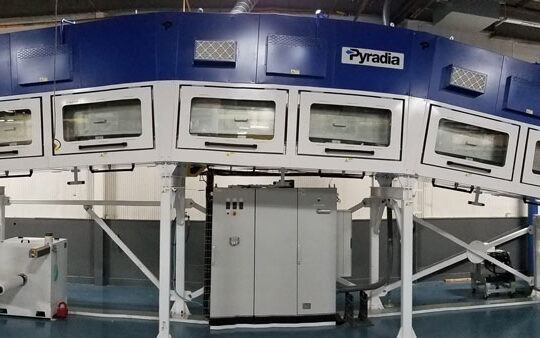Pyradia expertise is there to help when it comes to selecting the ideal technology for drying PSA coating, whether it is Convection, Flotation, Infrared (IR) or Combination of these.
Optimizing the drying process is crucial for achieving high-quality coatings and dependant on several considerations:
1. Substrate
The type of substrate that you will be processing will influence numerous aspects of the dryer selection and configuration, whether you are processing paper, film, foil or other specialized materials. Thickness range and tensile strength will influence the ideal web tension, along with temperature resistance that will orient the dryer technology selection.
2. Coating thickness & %solids
Infrared technology will generally be preferred for preheating the substrate prior to entering a convection dryer or used as the main drying technology for thin coating applications. Dual-sided impingement or flotation dryers will allow heating from both the coating and substrate sides, providing additional flexibility for thick coating applications.
3. Coating base
Solvent base coatings will require specific safety considerations, such as purging, LFL monitoring, relief vents, etc, as specified in NFPA 86.
4. Viscosity
High efficiency convection dryers will impinge airflow at high velocity on the coated surface, which can adversely affect the coated material visual appearance, especially for low viscosity coatings and optical grade products.
5. Energy
Available energy and its local cost can influence selection of natural gas, electricity or other alternatives.
6. Curing
Using convection allows for curing periods at a specific and very stable temperature.
Impingement dryers involve high-velocity air stream directed onto the web’s surface, offering excellent heat transfer efficiency and uniform drying across the web, making them suitable for a wide range of substrates.
Flotation dryers utilize a combination of heated air and web flotation to dry the coating while supporting the substrate, avoiding contact with any roller surface, making them suitable for delicate substrates and heat-sensitive coatings.
Infrared drying relies on electromagnetic waves to generate heat directly within the material. Ideal for rapidly evaporating water, due to its ability to efficiently transfer energy within the coating. This effectiveness can be hindered by uneven heat distribution and limited penetration in thicker materials.
The optimal choice depends on a balance of drying efficiency, substrate compatibility, and other application specifications. We carefully evaluate these factors, ensuring the selection of a dryer that will generate highest-quality products. Pyradia can perform simulations of the drying process and also test your various product structures on our pilot dryer, which can be configured in flotation, convection, through air, infrared or combination modes.
Should you have questions about selection of your dryer: Contact us today.


